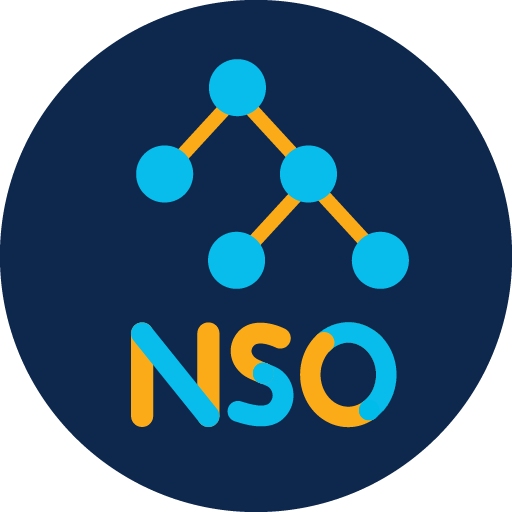We have been hard at work creating a better onboarding and learning experience for Cisco NSO. We are excited to announce the release of two major resources:
A multi-domain orchestration platform
Cisco Network Services Orchestrator (NSO) is a multi-domain orchestration platform used to manage the configuration lifecycle of physical and virtual network devices. Network engineers can get started right away since the NSO application CLI mimics the Cisco CLI, and allows you to configure network devices at scale with templates, customizable network services and configuration compliance audit and remediation. NSO is also a part of the Service Provider DevNet certification, so you can get practice with it here on the sandbox.
Cisco NSO reservable sandbox
This sandbox is especially exciting because it is the first Cisco NSO dedicated sandbox and it uses the new Cisco Modeling Labs to render the lab topology.
The sandbox includes:
- A variety of network devices (IOS, IOS XR, NX-OS, ASA)
- Production grade NSO Server (system install with the devices already loaded in)
- Developer Linux jump host with a bunch of developer tools and a local install NSO for development and testing
- Cisco Modeling Labs server

New Learning Lab: Learn NSO the easy way
The launch of this NSO sandbox also paves the way for a new wave of NSO learning labs and demos. The first lab to be released is “Learn NSO the Easy Way”, and is meant for network engineers who are curious about NSO and want to get a taste of what it has to offer.

The lab takes a user through the process of setting up a local NSO instance, configuring some devices, sending some show commands, creating an NSO service and then deploying it.
Don’t worry, learning NSO the hard way is coming up, but will take a little longer to put together.
Related resources
- Visit the DevNet Networking Dev Center to learn how you can integrate with the network through full system management solutions in the cloud, utilize automation platforms and controllers, or directly interact with devices with APIs and Interfaces.
- Visit the DevNet Automation Exchange to find shared code repositories for network automation, and guides for teams on their network automation learning journey.
We’d love to hear what you think. Ask a question or leave a comment below.
And stay connected with Cisco DevNet on social!
Twitter @CiscoDevNet | Facebook | LinkedIn
Visit the new Developer Video Channel

I had a good time playing with it!! We are using DCNM on our environment and I would like to use NSO when deploying hundreds of VNIs and port configurations. Do you have a detailed docs or lab for DCNM NED?